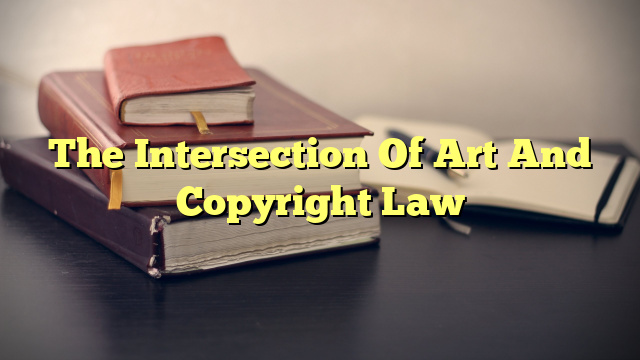Most people would agree that art and copyright law do not usually intersect. After all, the former is often seen as an expression of creativity while the latter is viewed as an instrument of control. But the truth is that they are not as disparate as they may seem. Copyright law plays a critical role in the protection of artistic works, and understanding it can be essential for both artists and art collectors.
How Does Copyright Law Work with Art?
Copyright law is the legal framework that allows creators to protect their artistic works from unauthorized reproduction. Under copyright law, an artist who creates an artwork has the exclusive right to reproduce, distribute, and publicly display their work. This means that if someone creates a painting, sculpture, photograph, or other work of art, they can prevent others from using or copying their work without their permission.
Copyright law also provides other important protections for artists. For example, it prevents others from falsely claiming that they are the creators of a work of art. It also prevents people from altering or modifying a work of art without the artist’s permission.
Does Copyright Law Protect Art?
Copyright law does provide protections for art, but it is important to understand that the level of protection it offers varies depending on the type of artwork. For example, a painting or sculpture may be eligible for copyright protection, but a performance or dance may not be eligible. Additionally, certain types of art may be considered too minimal or commonplace to receive copyright protection.
It is also important to understand that copyright law does not protect ideas or concepts. For example, if an artist creates a painting based on a particular idea, the idea itself cannot be protected by copyright law. However, the artist can still protect the expression of the idea in their work, so that others cannot simply copy their artwork without permission.
Does an Artist Still Own the Copyright When They Sell an Artwork?
In most cases, the answer is yes. The copyright in a work of art belongs to the artist who created it, regardless of whether they have sold the work or not. When an artist sells a work of art, they are typically only transferring the ownership of the physical artwork, not the copyright in the work. This means that the artist can still retain the rights to reproduce, display, and distribute the work, even after it has been sold.
What Art is Not Protected by Copyright?
As mentioned above, certain types of art are not protected by copyright law. These include photographs, performances, dances, and works of art that are too minimal or commonplace to receive copyright protection. Additionally, anything that is considered a work of “utilitarian art”—such as useful articles like furniture or clothing—is not eligible for copyright protection.
Conclusion
Art and copyright law are closely related, and understanding how they interact can be critical for both artists and art collectors. Copyright law provides important protections for original works of art, and it is important to know how it works in order to ensure that an artist’s rights are fully protected.


I agree that art and copyright law should intersect as art is a form of intellectual property. It’s worth considering the consequences of using artificial intelligence in this framework, as AI can be used to both create and protect art.
Art and Copyright don’t always intersect; legal protection isn’t guaranteed.
Copyright law can be utilized to safeguard art and creativity. An unexplored option could be implementing creative commons licenses to ensure artists’ work is properly protected.